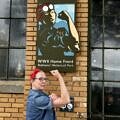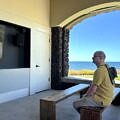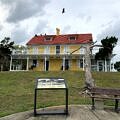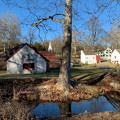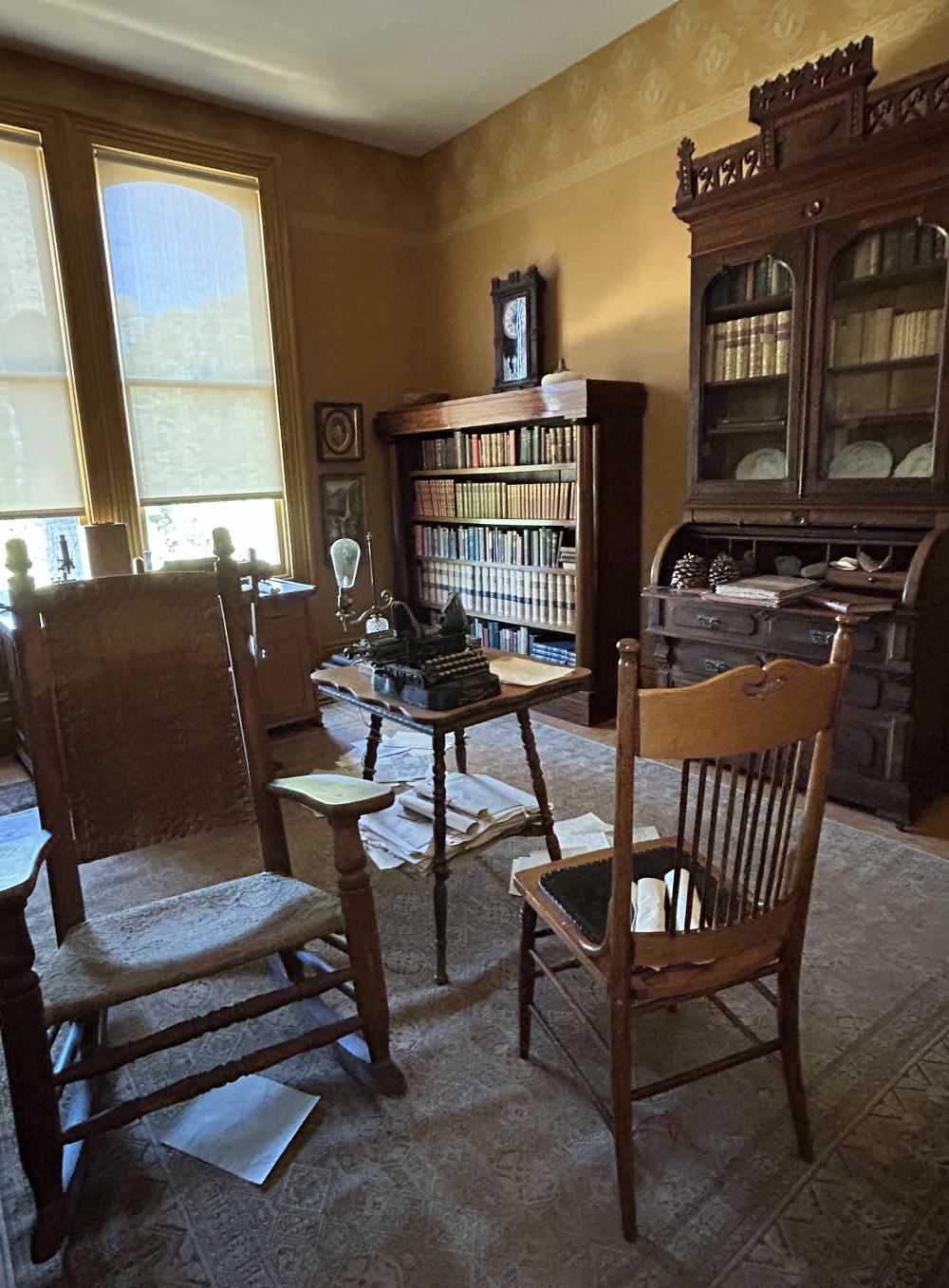
PLEASE NOTE, THIS POST MAY INCLUDE AFFILIATE LINKS, MEANING THAT IF YOU CLICK ON A LINK AND MAKE A PURCHASE, I'LL RECEIVE A SMALL COMMISION. THIS WILL COME AT NO COST TO YOU.
There is a 7-Eleven directly across the street. This is the first thing I notice, as our rental car pulls into the parking lot, at the John Muir National Historic Site. The street also includes a fast food restaurant, a tire store, and several places to grab a cup of coffee. Progress. I’m always grateful for easily accessible coffee, but was John Muir? Known as a fierce advocate for nature conservation, I can’t help but wonder what John Muir would think of his home today?
John Muir is considered, “The Father of the National Park Service.” Though the assumption is that the National Park Site, Muir Woods, is…Muir’s Woods, the site’s name is a tribute to Muir. Muir Woods is visited by so many tourists, prior reservations are now required. An hour’s drive from Muir Woods, located in Martinez, California, is the less visited Muir National Park, John Muir National Historic Site.
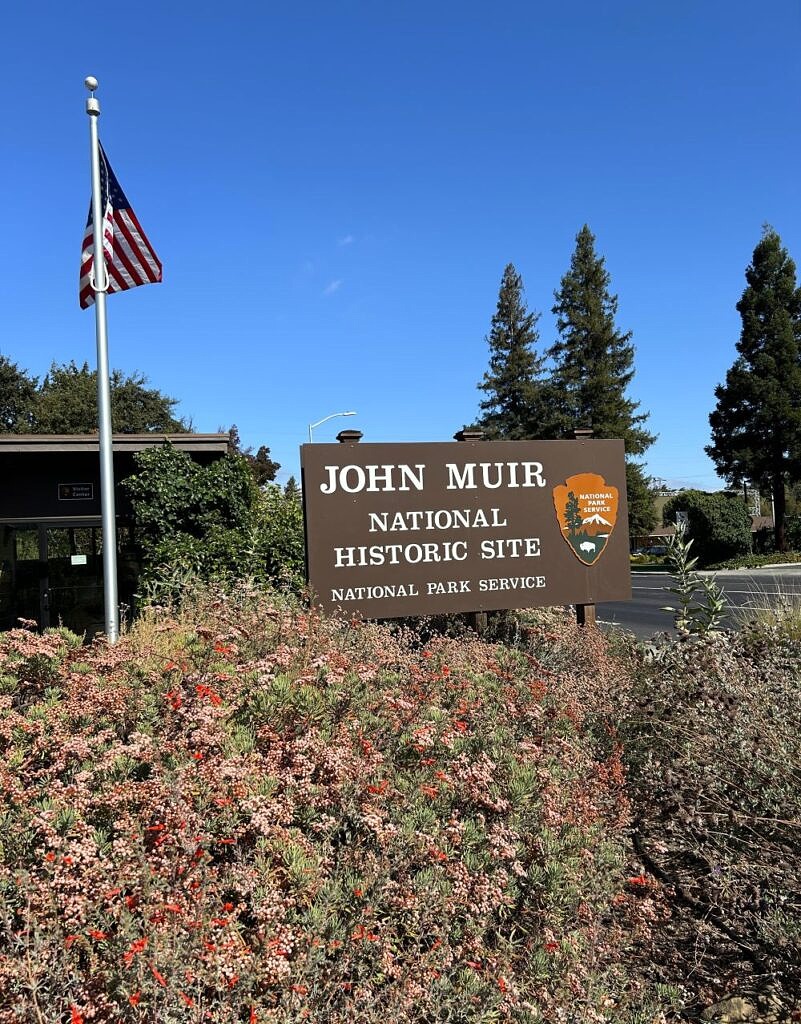
First things first, we enter John Muir National Historic Site’s Visitors Center. After getting our National Park stamp, we talk with the Park Ranger. He hands us a map, gives us a summary of the park, and then asks if we’d like to see the park movie. Since there aren’t a lot of visitors, the movie is played by request.

The Park Ranger directs us to a multipurpose room. Pictures, drawn by children, hang on the walls. Tables, used for various, special, park programs, sit in the back of the room. A few rows of chairs, face a screen, in the room’s front. The movie is good. I’d rank it in the top 10 of National Park film’s we’ve seen (you can watch most of the National Park movies online on the National Park Service’s website). At the film’s conclusion, the Park Ranger enters the room and opens a door that leads directly to the outside paths.
John Muir is a travel enthusiast icon. Especially for travel enthusiasts with a passion for nature.
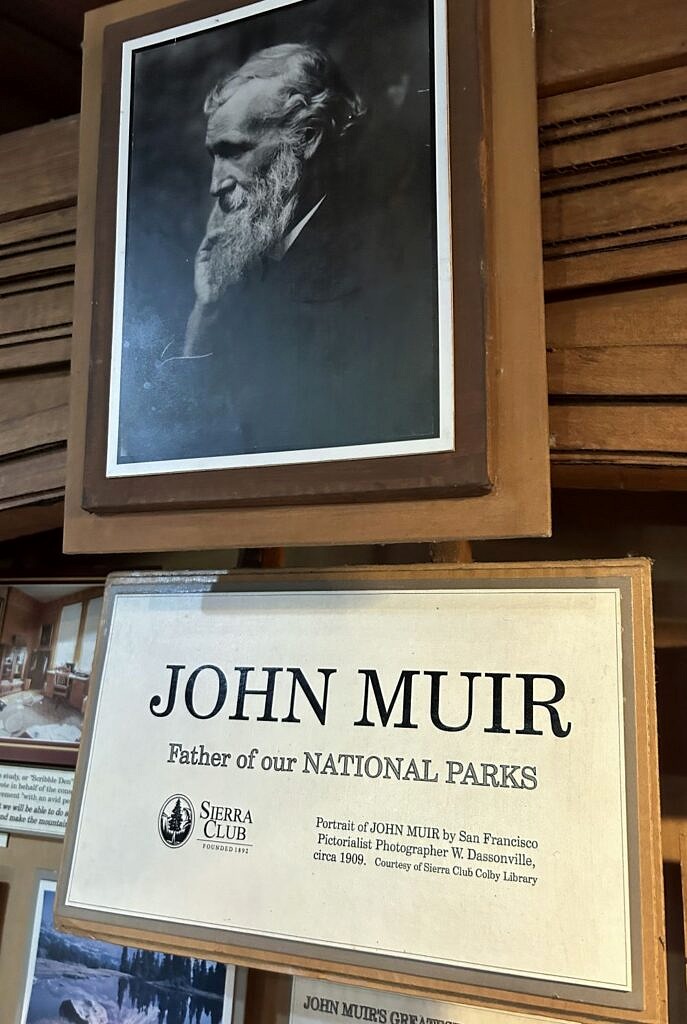
From his writings, it’s easy to imagine him living an isolated life in a cabin, in the middle of a forest. Though he spends some time doing this, no man can be an island his whole life. After years of following his wanderlust, Muir meets the love of his life, “Louie,” and marries. Louie’s father, Dr. John Strentzel, a renowned botanist, owns a fruit ranch in Martinez, California. On the fruit ranch property, the Doctor builds a mansion. John Muir and Louie, eventually inherit the fruit ranch and The Strentzel/Muir House, living there, with their two daughters. The Strentzel/Muir House is the main feature of John Muir National Historic Site. Since we have a limited amount of time at this site, we make the house a priority.
A fan of all things Victorian, I’m already captured by the home’s architecture. It’s made even more stunning by the tall palm trees, expertly placed to enhance the landscape.
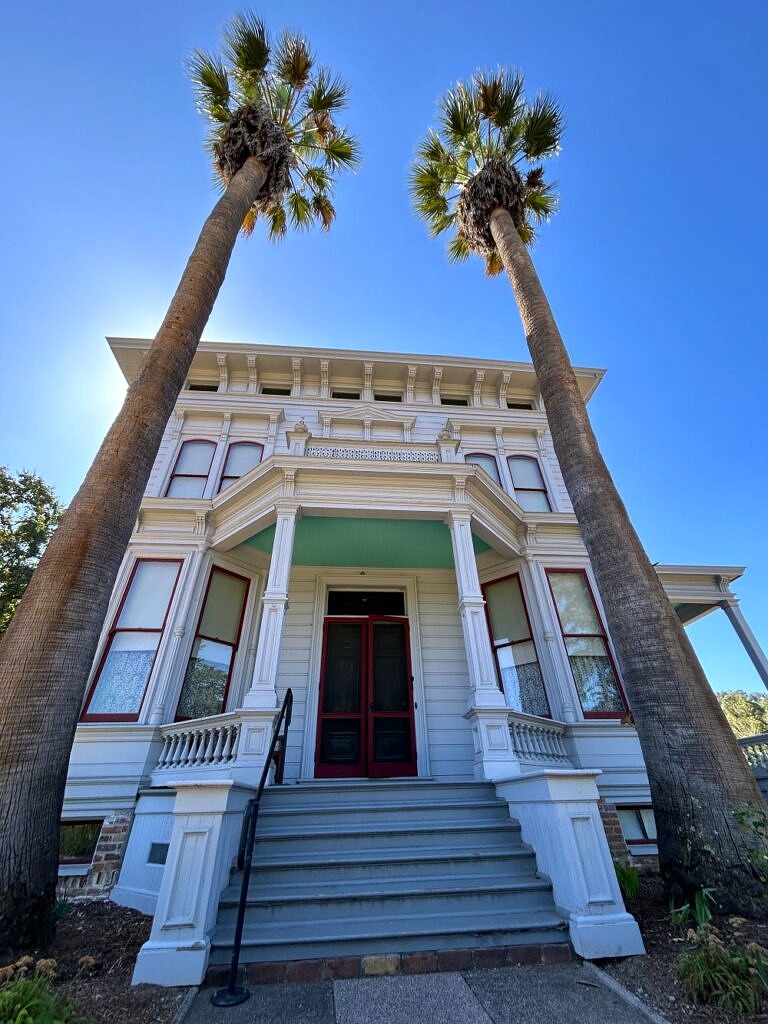
Stepping inside, a park volunteer hands us a booklet, giving the layout of the house, as well as a description of the rooms. The Park Volunteer shows us a crack in the home’s interior, caused by The Great San Francisco Earthquake of 1906. We drift through the dining room and parlors, eyes immediately drawn to the impressive fireplace. At the back of the house is my favorite room in historically preserved house tours, the kitchen.
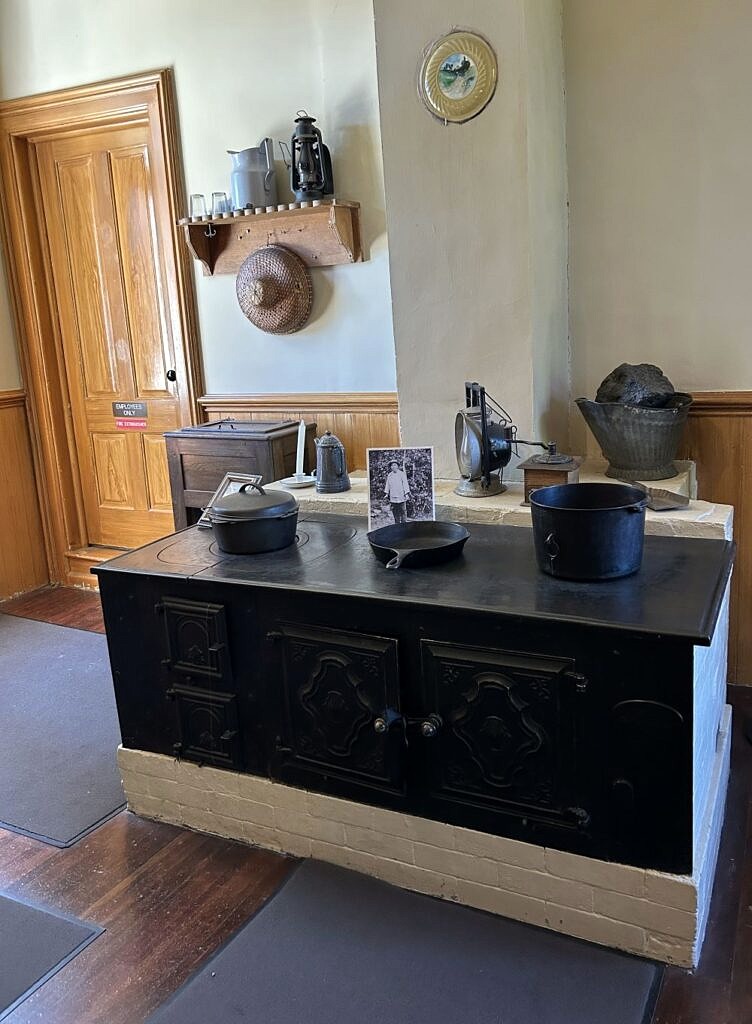
In contrast to his rugged outdoor, camping, days, John Muir’s home was equipped with the modern conveniences of the time, including, indoor plumbing.
Our travels through Northern California, became the trip of famous artists/writers’,
studies. My heart bubbles with delight at the site of John Muir’s writing room, a room he nicknamed, “The Scribble Den.”
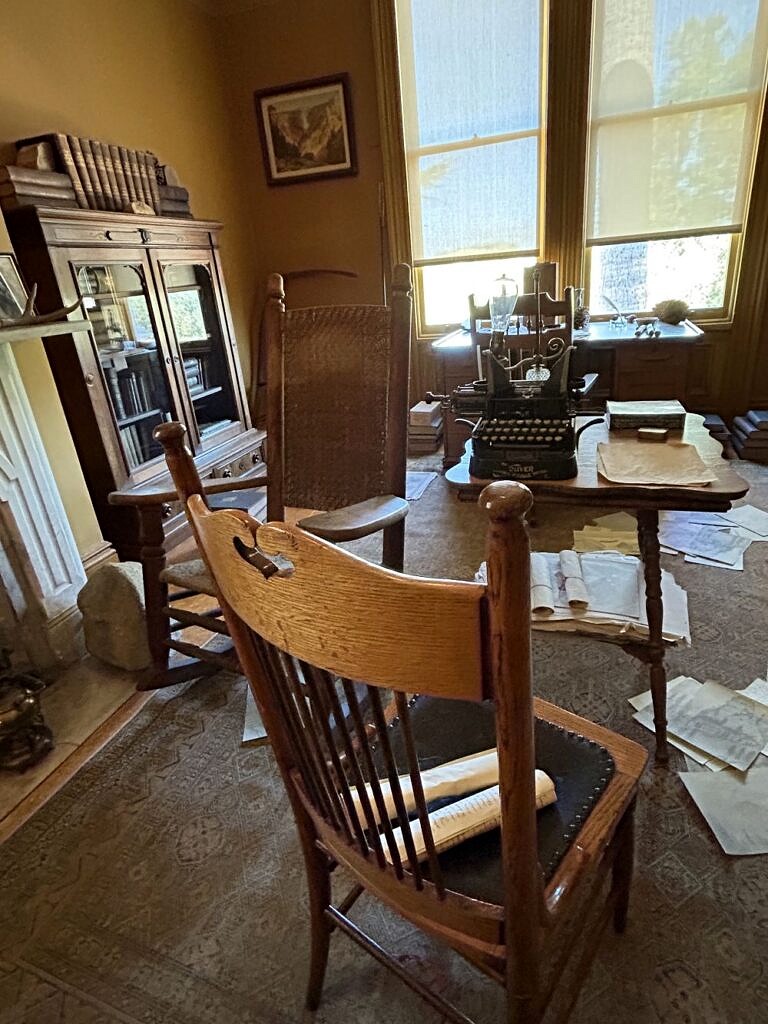
My eyes sweep the room, capturing every detail. His desk facing the window. The vintage typewriter, the beautifully designed fireplace, the clutter of maps, drawings, and written pages. A rocking chair, to help a writer’s mind calm and focus. I linger, hoping to absorb even a smidgen of Muir’s genius.
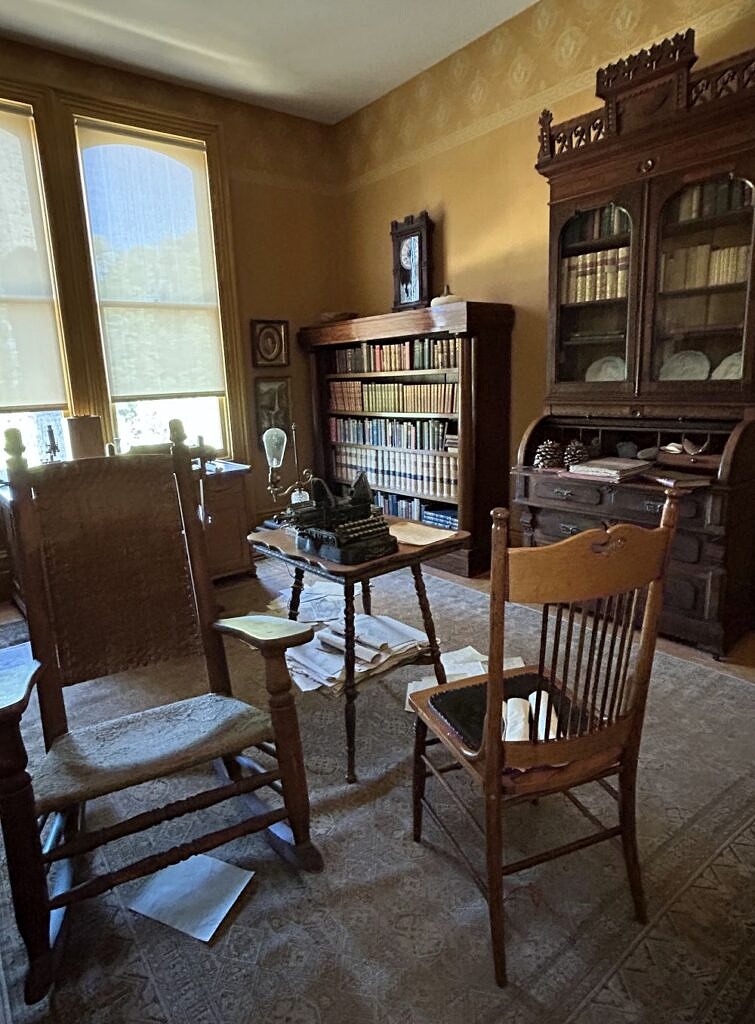
Everywhere in the house, there are books. It’s said that in his youth, Muir read late into the night, learning anything and everything he could from books. As I peruse the spines, I’m happy to see that John Muir National Historic Site includes John Muir’s own works on the shelves.
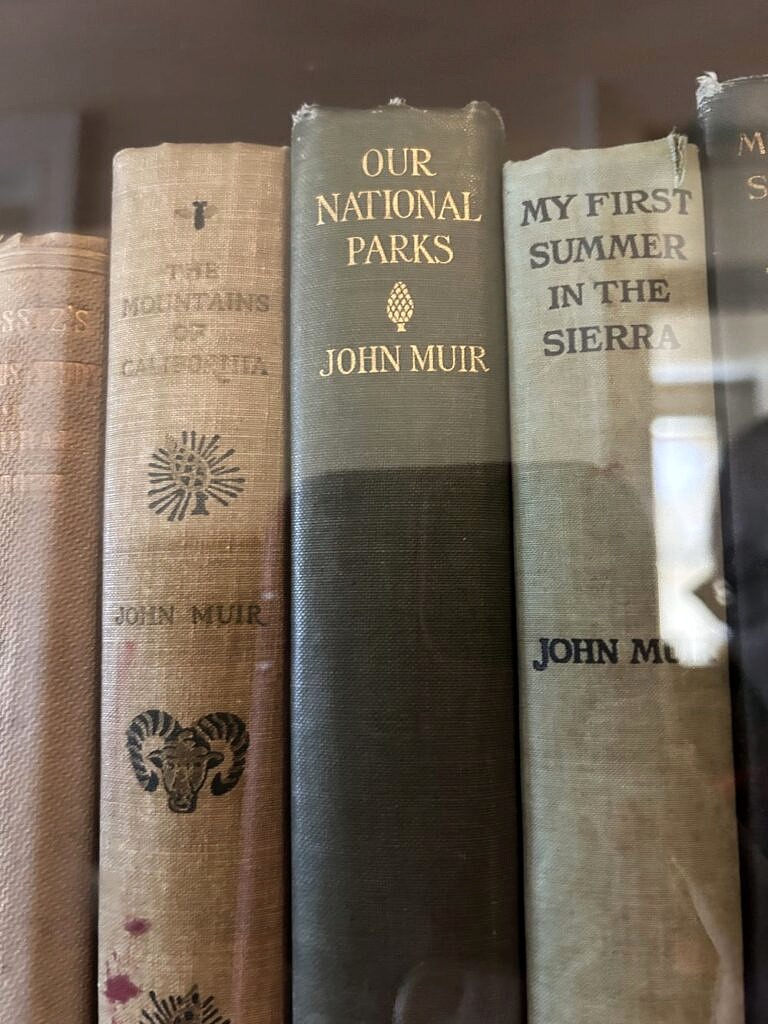
In addition to “The Scribble Den”, the second floor of the house shows bedrooms. The bedrooms contain information regarding John and Louie’s daughters, interesting individuals on their own. Wanda inherited her father’s love of the outdoors and hiking, while Helen pursued a life-long interest in locomotives.

Spotting another staircase, we ascend. Many of my childhood books, become understood. We are in the John Muir National Historic Site’s attic. Not the small cramped space in my childhood house or in my current home, but a large, open space. Now I know how my literary heroes found treasures in or lived for long lengths of time in attics. Half of the attic is devoted to an exhibit about John Muir’s creation of the Sierra Club.
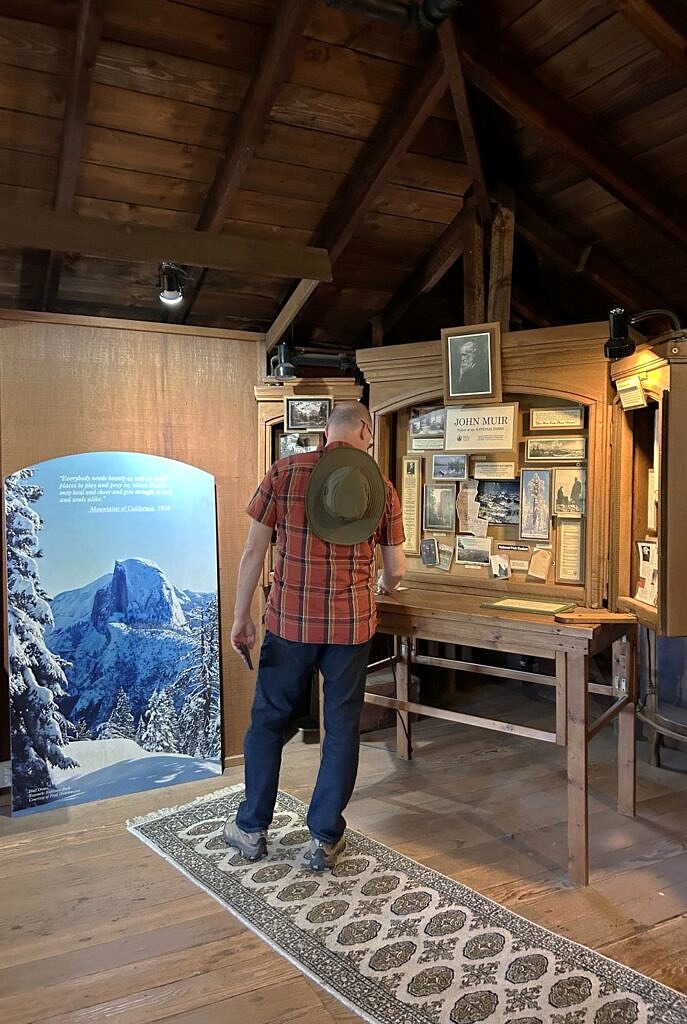
The other half of the attic has large objects covered in plastic tarps. It looks like something out of a ghost story.

We suddenly become fascinated with the National Park storage system and pepper the Park Volunteer with questions about the attic’s contents.
Located in this large, dusty, wooden space, is one last, steep, staircase.

Climbing up, we find ourselves in the home’s bell tower. It’s up for debate what the bell was used for. Some think it was a bell to signify the times of day for the fruit ranch workers. Another theory is that John Muir spent his days tending the fruit trees and hiking the grounds, and the bell was to call him back to the house. I’m happy to see a few more visitors have arrived. I don’t want to disturb them, so I don’t touch the bell, but later I find out that ringing the bell is customary during a visit to John Muir National Historic Site.
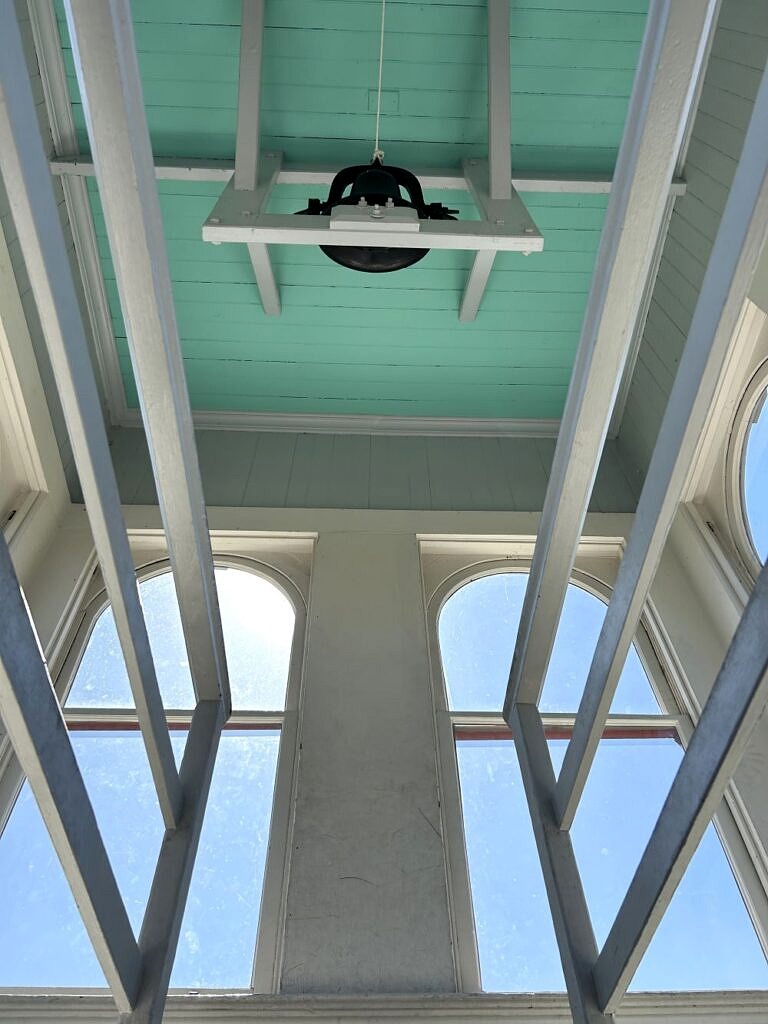
The best part of the bell tower are the views of the Alhambra Valley.
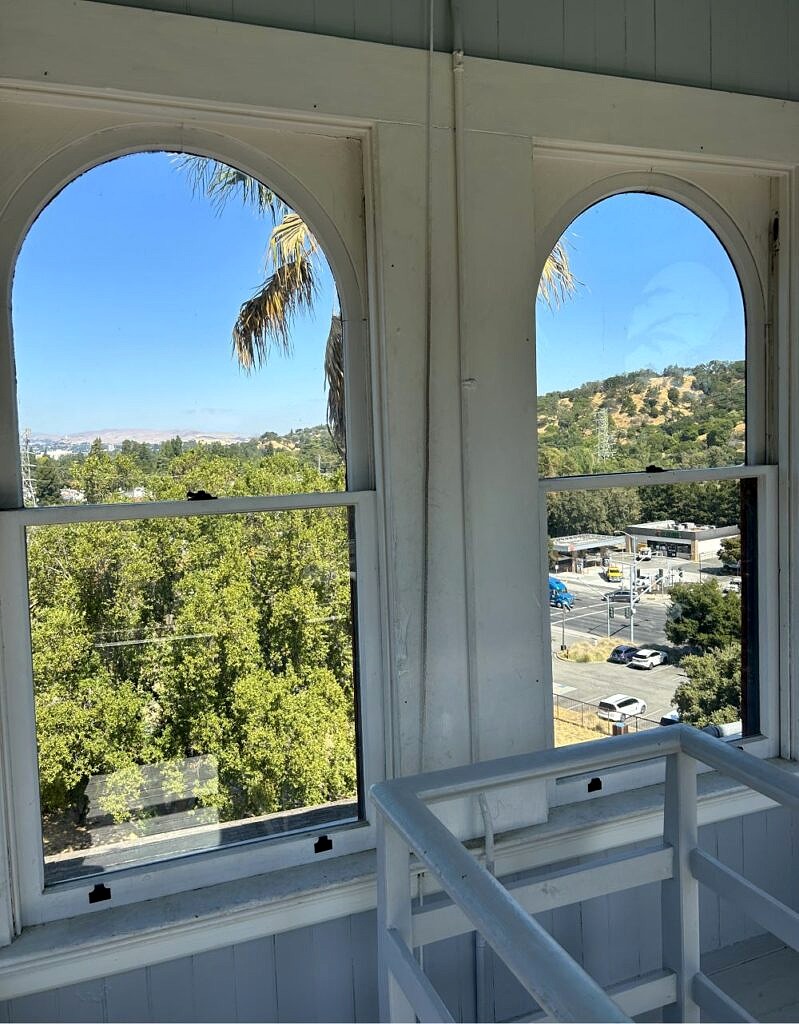
If you are not a fan of tight spaces or heights, you may want to skip a climb up to the bell tower.
Also on the property, you can visit the carriage house, see the fruit ranch’s windmill, and walk along the orchard trails.
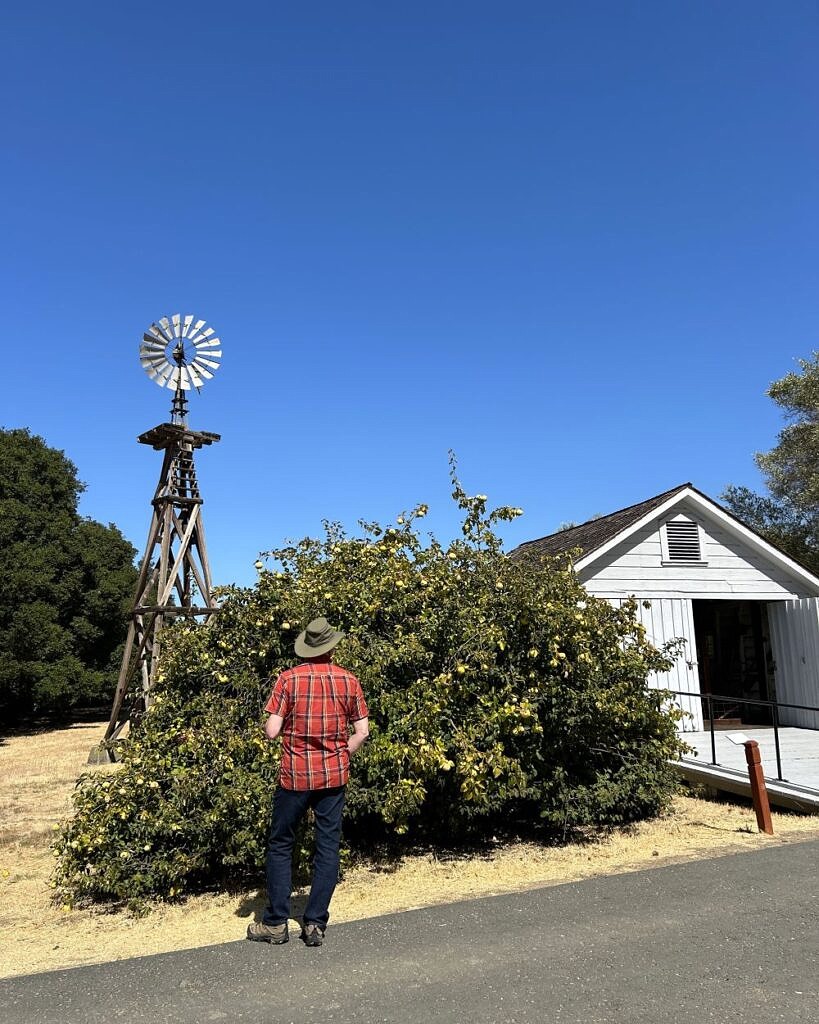
Sadly, we are running short on time, but we greatly enjoy the parts of the grounds we are able to view.
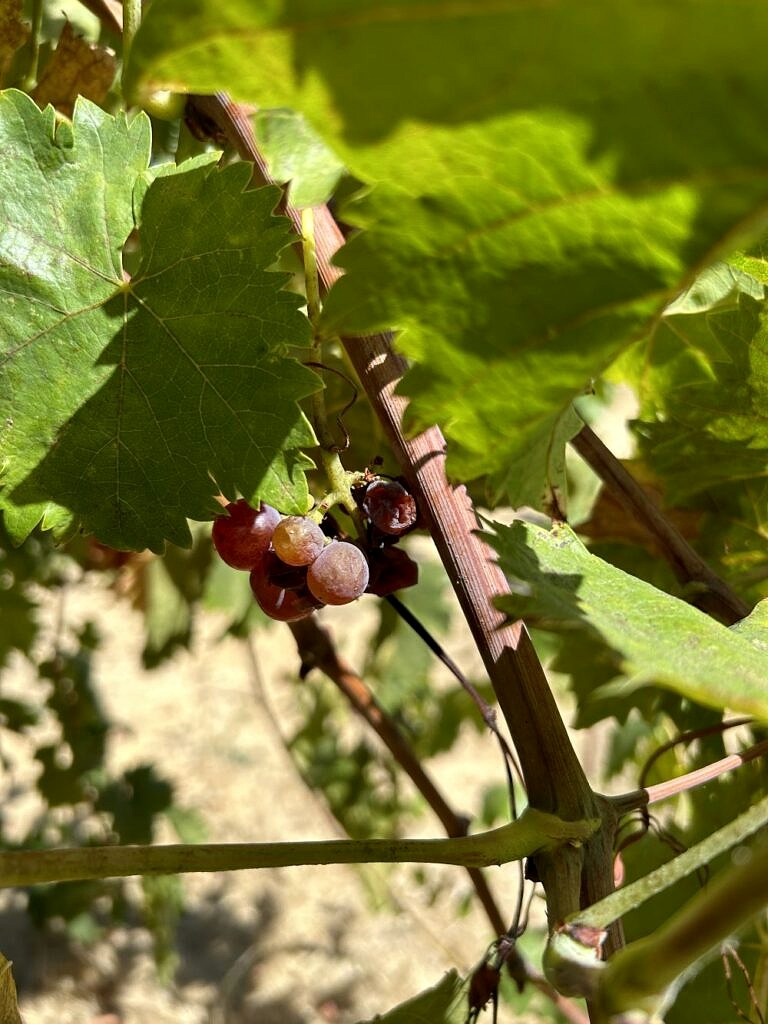
If you have a full day planned at John Muir National Historic Site, and are feeling adventurous, you can hike Mt. Wanda (named for Muir’s eldest daughter).
In the travel enthusiast community, John Muir is an original wanderluster. Visiting John Muir National Historic Site, you learn he maintained a balance between adventure and family life. John Muir treasured time with his family, he was a devoted husband and father, but his heart still longed for the wilderness. Wife Louie, encouraged him to go out and explore, knowing, John would always return home. At home, he spent long hours in his Scribble Den, writing about his travels, encouraging others to fall in love with and protect nature. He is an inspiration.
Though not as well-known as Muir Woods National Monument, stopping by John Muir National Historic site is worth a visit and a chance to get better acquainted with “The Father of the National Park Service.”
Find a Great Place to Stay in San Francisco
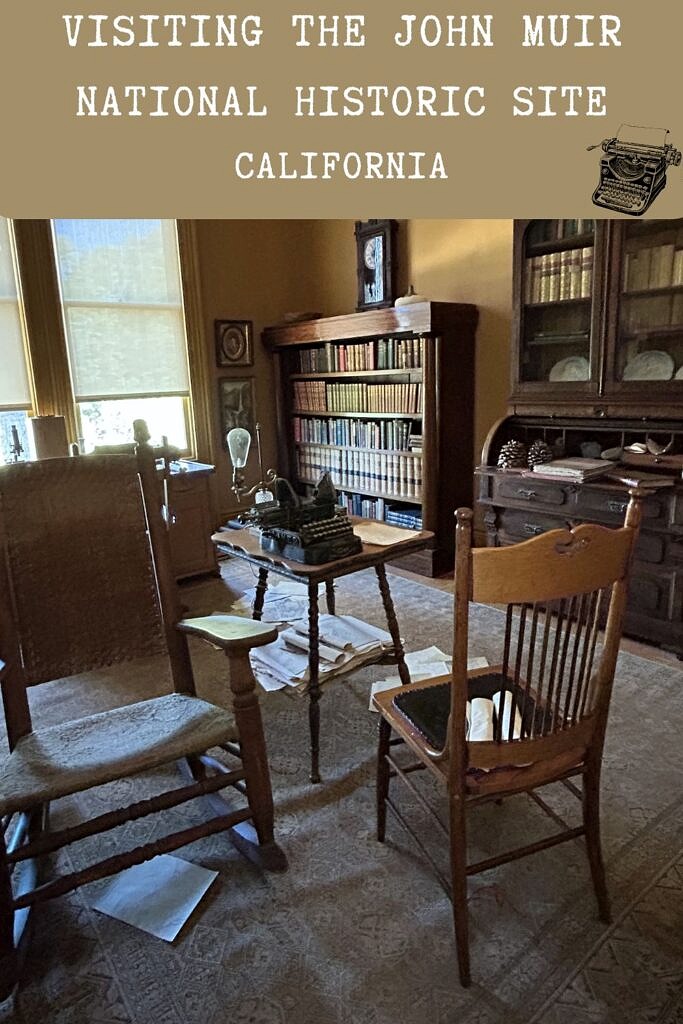

Leave a Reply Cancel
This site uses Akismet to reduce spam. Learn how your comment data is processed.

